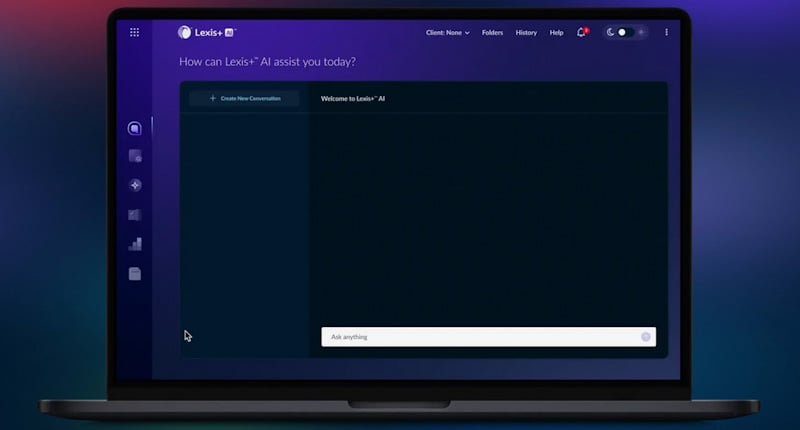Does bank fraud law require proof of intent to cheat the bank? SCOTUS to decide
The U.S. Supreme Court has agreed to decide whether the bank fraud statute requires proof of an intent not only to deceive a bank, but also to cheat the bank.
The Supreme Court agreed to hear Shaw v. United States on Monday, SCOTUSblog reports. SCOTUSblog links to the case documents, including the cert petition (PDF).
So far the court has added only 10 cases to next term’s docket, and five of them are being carried over from the current term, according to SCOTUSblog. The court has reduced the pace of cert grants since the death of Justice Antonin Scalia in February, according to the blog.
The new case seeks an interpretation of a law that makes it a crime to carry out a scheme to defraud a financial institution, or to obtain money or assets owned or controlled by a financial institution under false or fraudulent pretenses.
Nine circuits have required an intent both to deceive and to cheat the bank, while three circuits require only an intent to deceive the bank, according to the cert petition.
The petitioner, Lawrence Shaw, took part in scheme to steal a bank customer’s money by deceiving the bank. Shaw obtained bank account information of a wealthy foreign businessman who employed Shaw’s girlfriend’s mother, created a Paypal account in the businessman’s name, linked it to the businessman’s bank account, and transferred $300,000 to the Paypal account.
Despite a lack of direct evidence that Shaw intended to cheat the bank, rather than the businessman, the San Francisco-based 9th U.S. Circuit Court of Appeals affirmed Shaw’s conviction, the cert petition says. The 9th Circuit is among the three circuits that don’t require an intent to cheat the bank.



